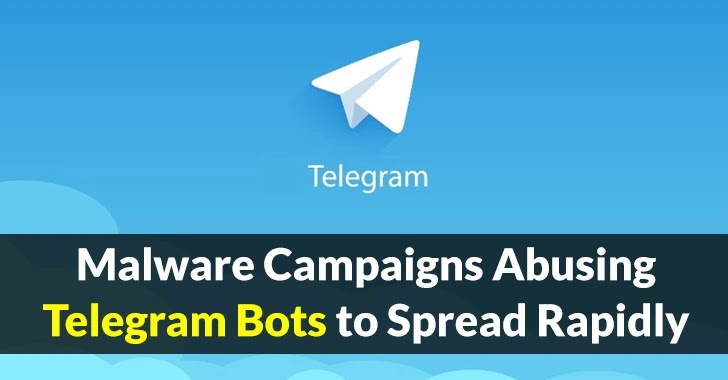Numerous updates and alterations were witnessed in the major malware families employed in phishing scams during the first quarter of 2023, alongside significant variations in TTPs.
The Cofense Intelligence team has recently published Active Threat Reports, which provide insights into the latest malicious email threats. At the same time, all these reports are based on their thorough observations and analysis of the threats.
During the first quarter (Q1), a substantial increase has been observed in Active Threat Reports, with a 20% increase compared to the previous quarter and a 34% increase compared to Q1 of the previous year.
Malware Campaigns Abusing Telegram Bots
During Q1 of 2023, there has been a significant surge in evasive, malicious campaigns that exploit Telegram bots.
The volume of these attacks has increased dramatically, surpassing the volume of Q4 2022 by a staggering 397% and exceeding the entire volume of attacks witnessed in 2022 by 310%.
The volume of credential phishing attacks observed in the current quarter has been highly unstable and witnessed a sharp rise of 527%.
Compared to the same period last year (Q1 2022), the overall increase in credential phishing attacks is significant, amounting to a rise of 40%.
Despite the significant volume of dissemination, Emotet failed to reach inboxes as frequently as Qakbot, making Qakbot the most successful malware family in terms of reaching inboxes.
In fact, Qakbot reached inboxes 185% more often than Emotet during the period under observation. During Q1, threat actors have been observed experimenting with various combinations of delivery mechanisms.
The notable thing is the increased usage of OneNote files as a common delivery mechanism for threats. This indicates threat actors’ continued efforts to refine their methods and evade detection.
The inclusion of YouTube in the list of Top 10 .com domains being exploited by threat actors came as a surprise.
These actors were observed using open redirects on youtube.com to direct victims toward phishing pages, which is a cause for concern.
Cofense Intelligence conducts a quarterly analysis of credential phishing emails that successfully bypass Secure Email Gateways (SEGs) and reach users’ environments.







